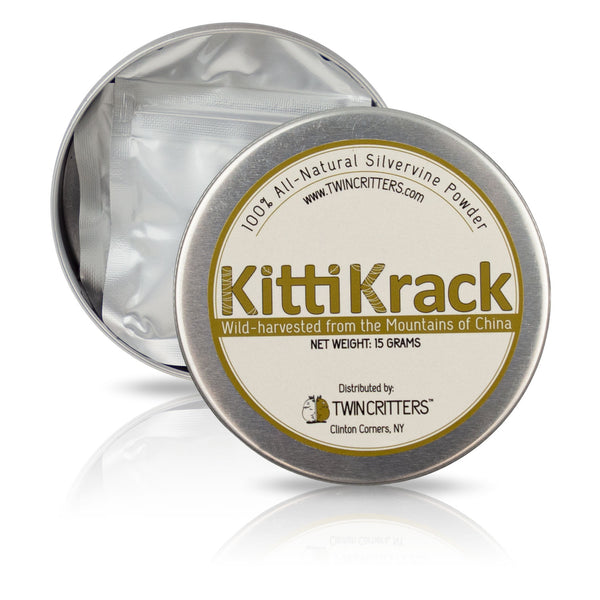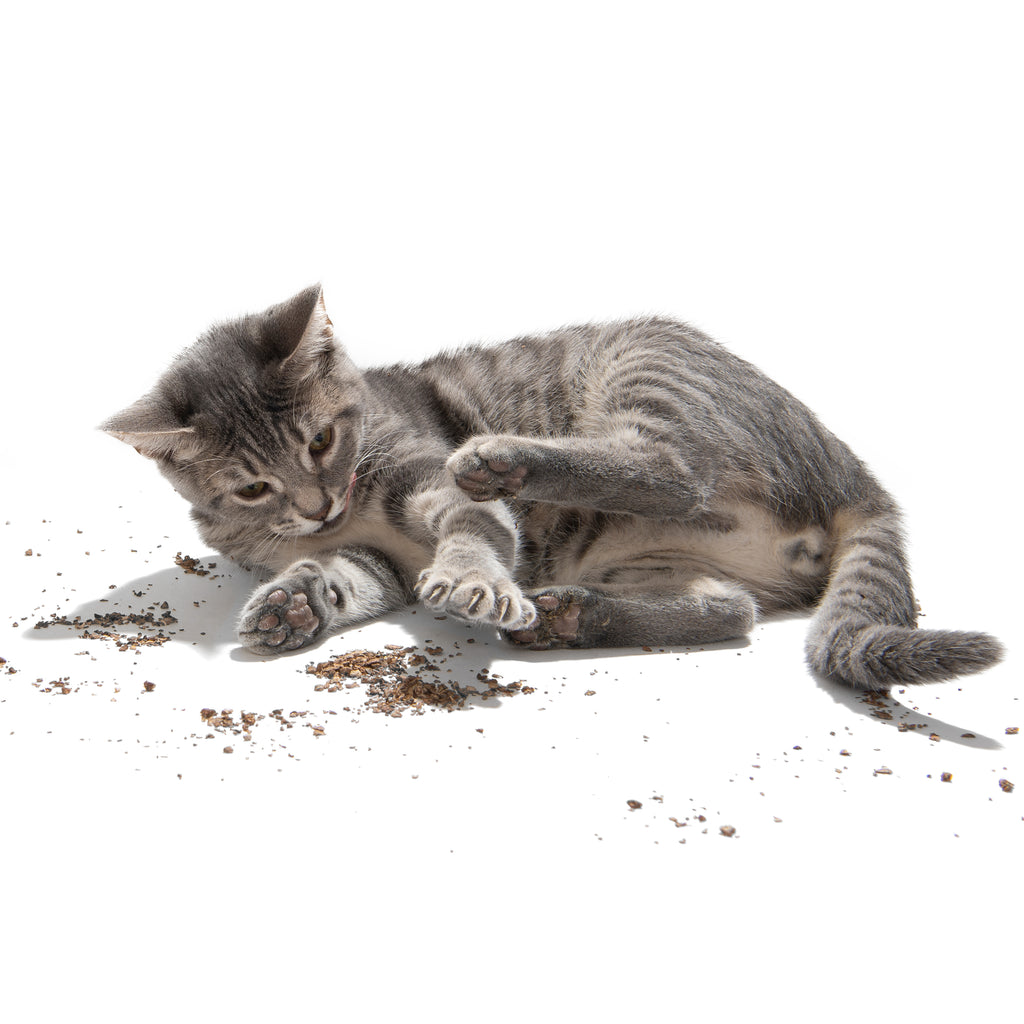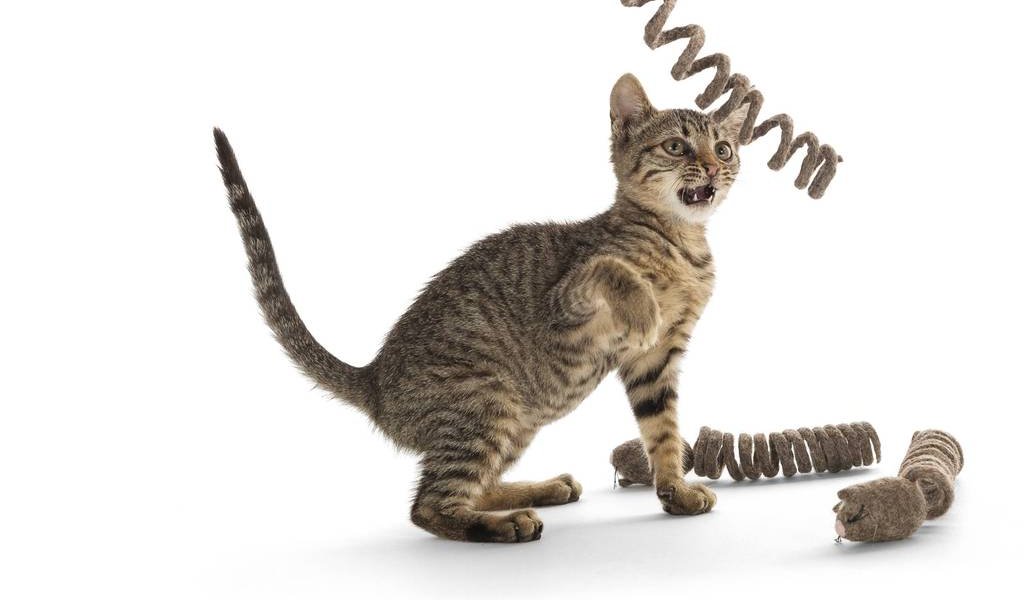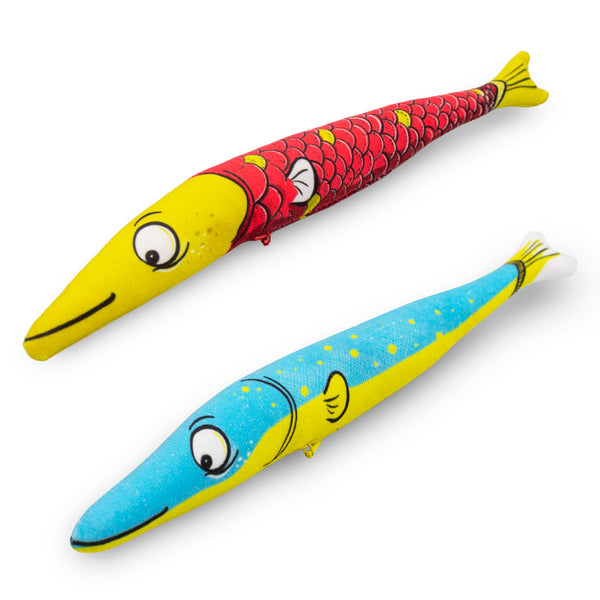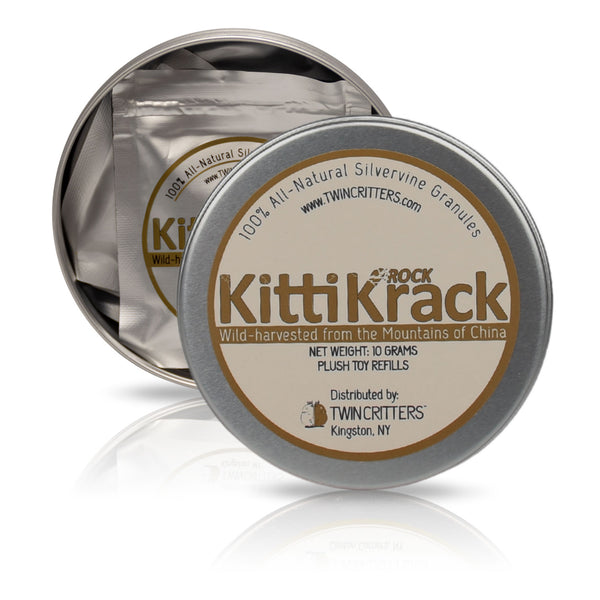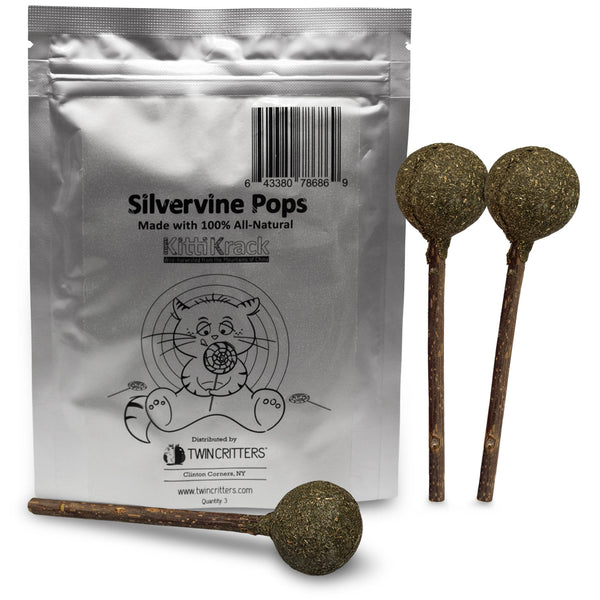The Potential Hazards of Tennis Balls
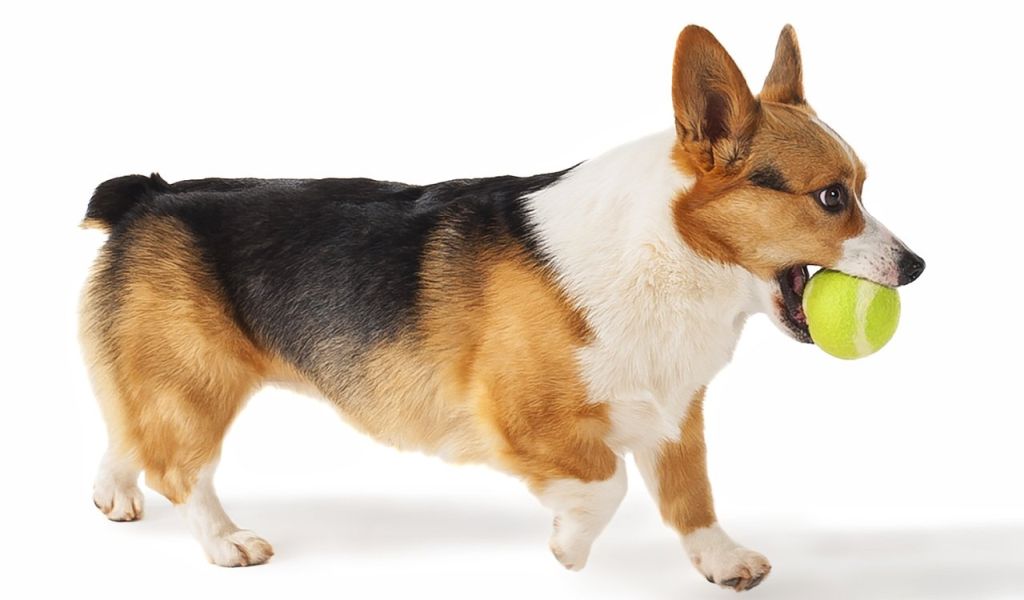
Tennis balls and dogs have a longstanding relationship. Whether you are at the beach, park, or just hanging in the yard, pet owners are throwing tennis balls to their dogs, and those dogs are retrieving the balls with joy and the hope for another toss. Despite seeming relatively harmless, tennis balls can present potential hazards to your canine companion’s health.
Tennis Balls 101
To understand why, let’s first consider how a tennis ball is constructed. Most consist of two hollow natural or synthetic latex half spheres bonded together with vulcanized rubber and injected with pressurized air or nitrogen gas to make the ball bounce. Nylon or wool felt, typically dyed yellow, is adhered to the ball’s surface using heated adhesives or glues. According to the International Tennis Federation (ITF), tennis balls should be 2.57 to 2.70 inches in diameter and weigh 1.975 to 2.095 ounces. (ITF Website, Appendix) They should bounce more than 53 and less than 58 inches when dropped from a height of 100 inches (ITF Website, History), and their abrasive felt surface should be able to withstand the force of a racquet and the hardness of a tennis court. Not all tennis balls meet the strict standards of the ITF, but their basic components are the same.
The Three C’s: Catching, Choking, and Chewing?
So how does your dog’s favorite toy become his or her worst enemy? A common scenario involves throwing a tennis ball to a dog to catch in midair. Three things (only one of which is good) can happen when the dog catches the ball: 1) the ball is caught solidly in the mouth and the dog wags his tail furiously with happiness (that’s the good and by far the most common), 2) the ball is caught with a hard bite that compresses the ball and the ball quickly decompresses creating a potential choking hazard, or 3) the ball is caught with a hard bite that breaks the ball into pieces that are potentially swallowed, resulting in a gastrointestinal foreign body. In a related scenario, the outer felt of a “well-loved” or poorly made tennis ball starts to unravel while your dog is chewing on it and he swallows it, or the felt starts to produce a large amount of fuzz and your dog swallows that.
An Airway Obstruction is an Emergency
If scenario #2 happens when your dog is playing with a tennis ball, you need to take immediate action. If possible, reach into your dog’s mouth and use your fingers to try to get behind the ball to remove it. If you can’t reach the ball, try placing your hand on the outside of your dog’s throat and gently roll the ball up until you can remove it from his mouth. Small dogs can be held upside down and gently patted on the back or you can try the Heimlich maneuver. If the ball is wedged too tightly to remove, remain calm and seek immediate veterinary attention.
An Intestinal Obstruction May Require Surgery
If your dog eats pieces of a tennis ball, you will need to keep an eye on his/her stool to make sure they are passed. Monitor your pooch for vomiting, diarrhea, loss of appetite, and abdominal discomfort, all of which may indicate a blockage in the GI tract. Contact your pet’s veterinarian with any health concerns, as intestinal blockages are considered surgical emergencies.
Not a Dentist-Approved Chew Toy
Chewing on the abrasive felt surface of a tennis ball can cause premature wear on your dog’s premolar and canine teeth, including tooth enamel loss and blunting. That fuzzy felt surface is also likely to retain rough grit, making it even more tooth unfriendly.
Potential Toxins
Some brands of tennis balls made specifically for dogs contain toxins, including arsenic, bromine, chlorine, chromium, and lead, according to testing conducted by the Ecology Center in Michigan in 2009 (EcoCenter, Samples), so always check a pet toy company’s manufacturing practices, including the materials used and the source of those materials, before buying your best friend a new ball.
Supervise Play!
So what’s a pet owner to do? Your dogs love tennis balls and their hearts would be broken if you took the balls away forever. One solution is to always supervise your dog during play with a tennis balls or other chewable toy. Remember that any small object can be a choking hazard for your pet. Don’t forget to check each ball for signs of wear. Tennis balls that have been chewed up or are thoroughly worn should be thrown in the trash—not to your canine companion.
Finally, never give your dog two balls at once because he might put both balls in his mouth together, increasing the choking risk.
Consider an Alternative: Solid Wool Balls
Another option is to switch to a solid wool ball. Solid wool balls are simple in construction as they contain only wool—no rubber, no adhesives, no toxins. They are less likely to unravel because they are produced using a felting process that bonds the wool together. Solid wool balls can’t explode in your dog’s mouth, and they are less likely to wear down your dog’s teeth. They may also hold up better to repeated chewing because they consist of felted wool that is resistant to shredding. Dogs, like cats, also seem to be attracted to wool, which makes transitioning from traditional tennis balls to solid wool balls an easy task. Dog owners will also appreciate how quiet an all wool ball is compared to a traditional tennis ball—go ahead and throw that ball down the hall at midnight; no one will hear it except your pooch!
If you’re ready to make the switch to solid wool balls, TwinCrittersTM makes handmade, 100% Merino wool TennisWools that contain no synthetic fibers. They’re available in 3 packs and come in Large for any size dog or Small for dogs less than 15 pounds and cats of all sizes.
References
- https://www.itftennis.com/technical/publications/rules/balls/appendix-i.aspx
- https://www.itftennis.com/technical/publications/rules/balls/history.aspx
- https://www.ecocenter.org/healthy-stuff/samples/pet-supplies-plus-tennis-ball
- https://www.ecocenter.org/healthy-stuff/samples/petco-25-tennis-ball-bulk-yellow


